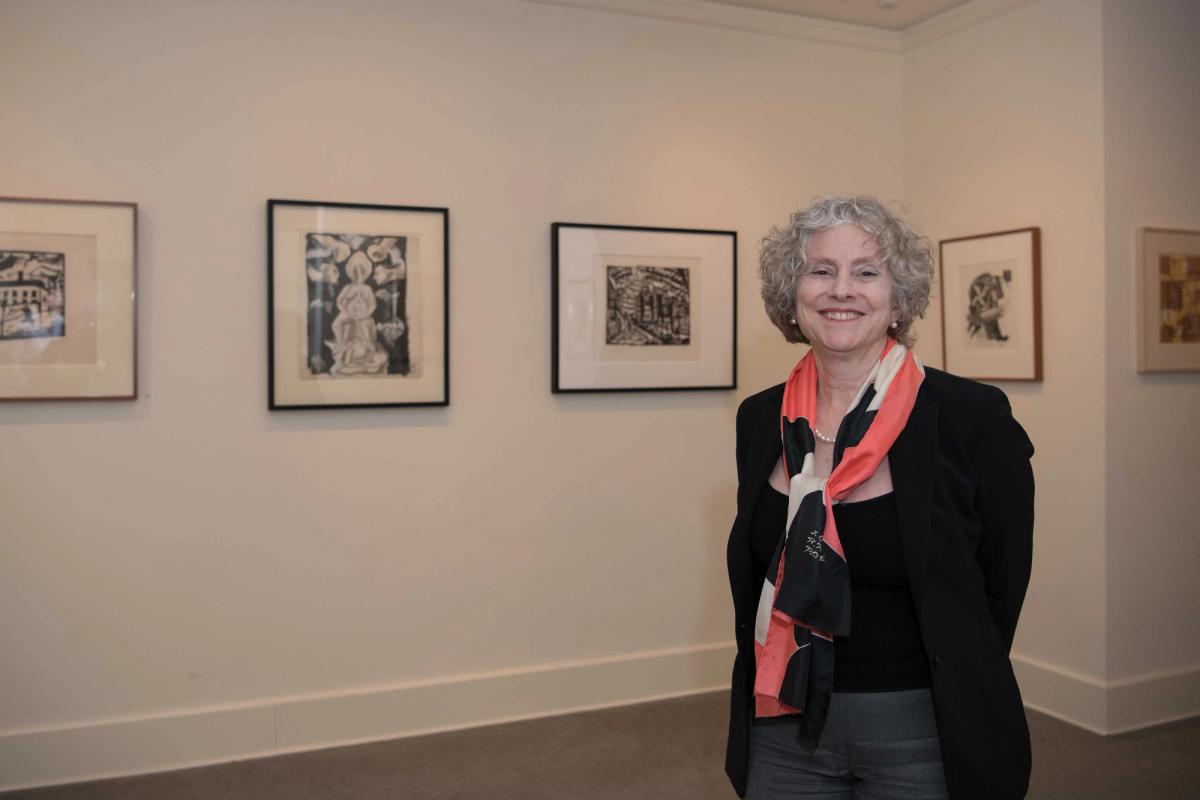When I told colleagues that Galerie St. Etienne was in the process of transitioning to non-profit status, a common, half-joking response was: “My gallery hasn’t made a profit in years, but I don’t know what else to do.”
All of us have spent decades nurturing collectors who scoured exhibitions, art-historical texts and auction catalogues with a dedication that rivalled our own. A relatively small percentage of the population has this collecting gene, and these people still exist. But such born collectors no longer have much influence on the market. They look askance as auction prices yo-yo up and down at the whim of in-house marketing departments and third-party guarantors. Rather than being driven by passion, investors now try to game the system for short-term gain. Art trends rise and fall the way hemlines do, propelled by global branding initiatives.
It is not surprising that smaller dealers have difficulty competing in a market dominated by the major auction houses and mega-galleries. For most of the 20th century, the art business resisted this sort of corporate expansion, because too much vested in the expertise of the singular dealer and his or her personal relationships with artists and clients. Rather than achieving economies of scale, expansion merely raised costs while diluting a dealer’s efficacy. Today’s top dealers, however, have figured out a way to achieve international market saturation by parceling out tasks to teams of registrars, preparators, social media mavens, researchers, writers and sales associates. These specialists sometimes bring a welcome professionalism to gallery operations, but they lack the comprehensive, long-term intimacy with specific bodies of work that formerly accrued to the singular dealer/expert.
Continuity is further undermined by an environment in which successful artists rarely stick with the dealers who launched their careers. At art fairs, a “greatest hits” approach tends to overshadow subtler, more contextualised installations. Whereas connoisseurship and art-dealing once went hand-in-hand for galleries like St. Etienne, this model no longer works. We felt we had to make a choice and we chose scholarship.
The art world needs scholarly expertise now more than ever. Rising prices have greatly increased the economic ramifications of forgeries, while fear of litigation has forced many artists’ foundations to cease offering opinions of authenticity. Provenance, too, has assumed greater legal and financial significance, triggering an unprecedented wave of speculative title disputes. The catalogue raisonné, always a cornerstone of Galerie St. Etienne’s practice, remains one of the most effective ways to address both these issues. In 2017, we established the Kallir Research Institute to digitise my 1990/98 Egon Schiele catalogue raisonné. The digital catalogue of Schiele’s oils went live a year ago, and we are presently updating the catalogue entries for the artist’s watercolors and drawings. Online catalogues raisonnés of Richard Gerstl and Grandma Moses will follow. Focusing on these and other artists historically associated with our gallery, a second nonprofit, the St. Etienne Foundation, will pursue curatorial projects with various museums. We see these ventures as the best way to perpetuate Galerie St. Etienne’s educational mission.


